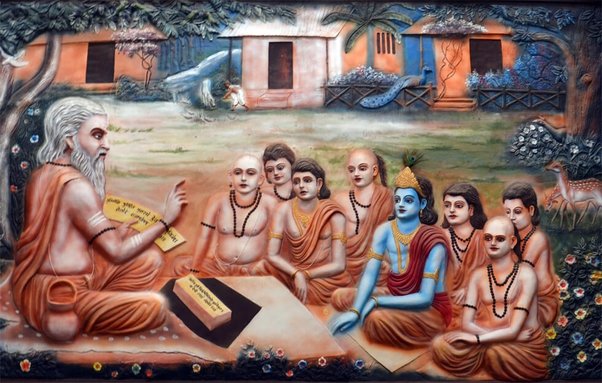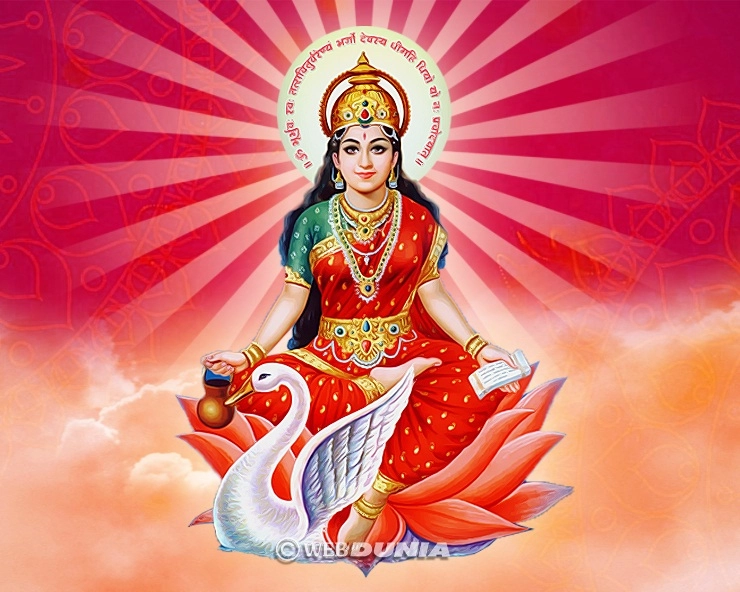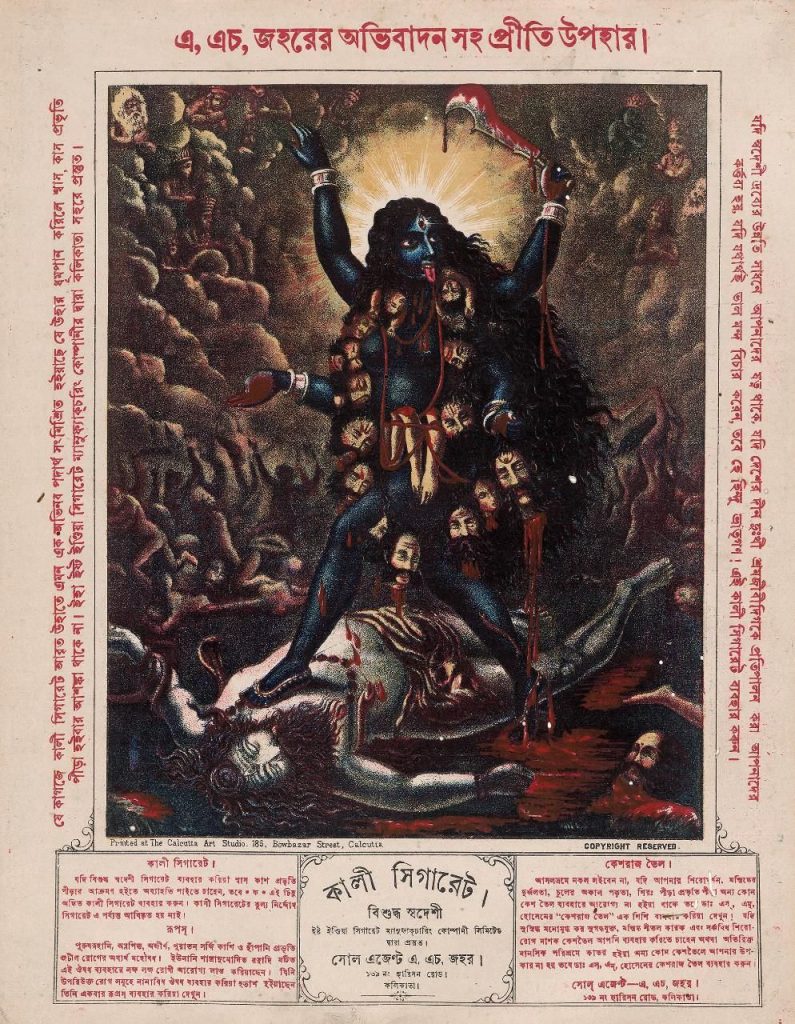Samadhi is a state of consciousness in which the individual experiences a profound sense of oneness with the universe. It is the ultimate goal of all spiritual practices in Sanatana Dharma (Hinduism). The word “samadhi” comes from the Sanskrit root “sam-aadhaa”, which means “to place together.” It refers to the merging of individual consciousness with universal consciousness.
Samadhi is said to be the highest state of consciousness that a human being can achieve. In this state, the individual experiences a sense of bliss, peace, and unity with all things. In this state the ego dissolves, and there is no separation between the self and the universe. It is said to be a state of absolute awareness, beyond the limitations of time and space.
There are different types of samadhi described in Sanatana Dharma, including savikalpa samadhi, where the individual experiences a temporary merging with the universe, and nirvikalpa samadhi, where the merging is permanent. In the latter, the individual becomes one with Brahman, the ultimate reality and source of all existence.
Samadhi is attained through intense spiritual practice, such as meditation, yoga, self-inquiry, and devotion to the Divine. It is not an easy state to achieve, and requires a great deal of discipline, effort, and surrender. Nonetheless, it is considered the ultimate goal of human existence, and the key to liberation from the cycle of birth and death.



